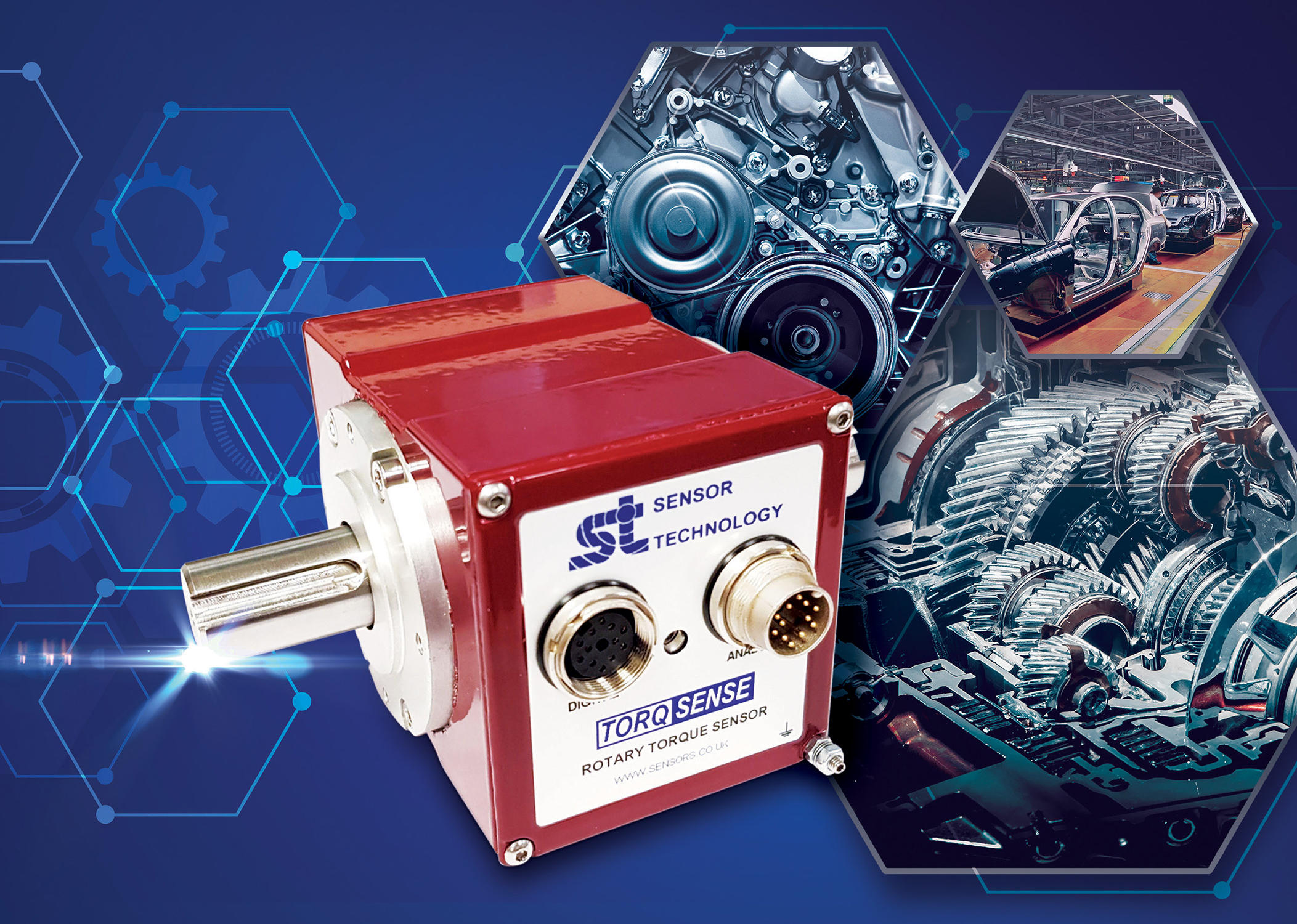 Add My Company
Add My Company

RTEC Engineering Ltd, a UK-based contract engineering services firm located near Mansfield in Nottinghamshire, is setting new benchmarks for dynamometer accuracy as global interest in improving engine efficiency and performance continues to rise. Their pioneering technology is based on an innovative torque measurement system, also developed in the UK.
Rob Langton, Managing Director of RTEC Engineering Ltd and an engineering metrologist with over 20 years of experience, explains their approach: "Our sub-division, RTEC Powertrain, collaborates with B2B partners on metrology solutions for the automotive sector, focusing on ECM (engine control module) calibration and diagnostics."
When faced with the challenge of creating a detailed performance profile for a specific engine within a limited budget, Langton applied his extensive engineering expertise to design and build a dynamometer that matches the accuracy and reliability of OEM or laboratory-grade systems, but at a price accessible to small and medium-sized enterprises.
Seeking to overcome the limitations of load cells and RPM sensors typically used in traditional dynamometers, Langton turned to advanced technology. His research led him to Sensor Technology in Banbury and their non-contact TorqSense transducer.
Engineers from Sensor Technology assessed Langton's requirements and recommended the SGR510/520 series TorqSense. This cutting-edge transducer utilises a full four-element strain gauge bridge. An ultra-miniature microcontroller, mounted on the rotor and powered by a non-contact inductive coil, measures strain values and transmits them digitally to the stator, delivering highly accurate torque measurements.
Langton emphasises the advantages: "The inductive coils eliminate the need for wires and slip ring connections to the shaft, providing the simplicity we were looking for." He also points out TorqSense's impressive 250% overrange capacity, which allows for precise measurement of sudden load spikes. Its immunity to noise and signal interference—common issues in slip ring setups—alongside a 4000 readings-per-second sampling rate, perfectly matches their resolution requirements.
With support from Sensor Technology, RTEC rapidly developed a high-performance dynamometer that met their exact design specifications. Recognising the wider potential of their innovation, Langton explored market needs and identified a gap that RTEC is now poised to fill.
While larger organisations typically rely on UKAS-accredited laboratories for load cell calibration, RTEC recognised a gap in the market for smaller businesses. They are currently developing a scalable, modular dynamometer with TorqSense at its core. Thanks to TorqSense's factory calibration to NPL standards and its self-contained, plug-and-play design, component exchanges during calibration are straightforward, significantly reducing downtime.
Looking ahead, RTEC plans to create bespoke test rigs tailored to individual customer specifications and retrofit TorqSense technology into existing dynamometers and test rigs. These applications will range from precision instrument drives to heavy vehicle powertrains, further solidifying RTEC’s role as a leader in the field of metrology solutions.
For more information on Revolutionary Dynamometer System Poised to Replace DIY Test Rigs talk to Sensor Technology Ltd

